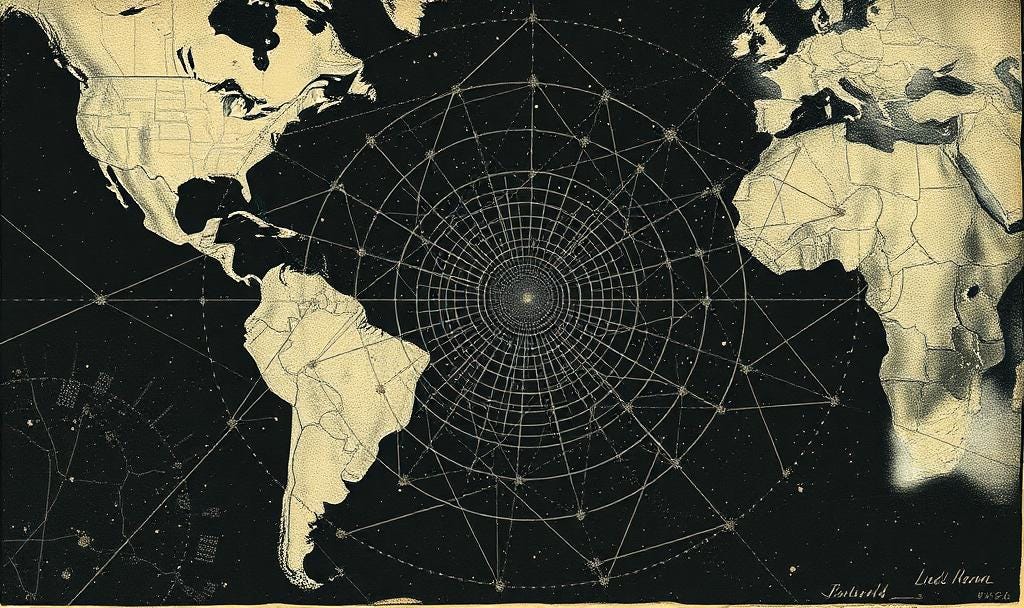The Tariff Killer That Doesn’t Exist (Yet)
What teleportation reveals about global trade, loopholes, and the fantasy of control.
Amid a fresh round of tariffs, retaliatory threats, and phone calls between Washington, D.C., and Beijing, U.S.-based importers are scrambling to exploit a set of 19th- and 20th-century loopholes: bonded warehouses, foreign trade zones, and the magical $800 de minimis exemption. Trump’s 2025 tariffs hit 145% on Chinese imports, while U.S.–China trade volumes are projected to collapse by 80% this year. But far from Capitol Hill, Oxford physicists just made a quantum leap (so to speak) that hints at a stranger future. “We’re teleporting bits, not bananas,” one physicist said. We’re decades from moving fruit, let alone people, but this raises an interesting question: what happens when we can teleport the bananas?
Current U.S. trade law hinges on geography. Goods are taxed when they physically enter the country—usually at a port, airport, or border checkpoint. But if you could beam a $50 million Picasso from your flat in Paris to your Manhattan townhouse without crossing a border, does that count as an import? If not, you’d dodge $3.25M in duties overnight. There’s no ship, no scan, no customs declaration. WTO rules, designed for shipping containers and cargo manifests, have nothing to say about matter transmission.
And yet, this isn’t as hypothetical as it sounds. Demand for bonded warehouse space in the U.S. has exploded in 2025 as importers try to delay tariffs triggered by Trump’s new trade war. Geneva Freeport—often called ‘the world’s largest invisible art collection’—holds an estimated million artworks, including Picassos and Da Vincis, valued conservatively in the tens of billions of dollars— technically, they’re “in transit” and haven’t entered any country. If teleportation existed, it would supercharge this legal gray zone. No entry means no jurisdiction. And without jurisdiction, there’s no tariff—no matter how many diamonds beam into your penthouse.
Of course, once the government catches up—and it always does, eventually—it would scramble to redefine ‘entry’ as anything that appears on national soil. Enforcement would rely on encrypted quantum manifests and teleportation receipts, the customs version of a UPS tracking number. Smuggling would get weirder: fentanyl, diamonds, or banned semiconductors beaming into someone’s garage without ever passing a checkpoint. (The film will star Ana de Armas, no doubt.)
Like the 15-year lag between container shipping (1960s) and modern customs protocols, regulators are already struggling to track TikTok data flows, let alone quantum-smuggled goods. The stakes climb if you include people. Teleportation would upend the business models of toll roads, airlines, passport systems, drug cartels, and even prisons. A biometric ID might become the only thing standing between order and chaos. Homeland Security becomes irrelevant if a terrorist can materialize directly into Times Square from thousands of miles away.
So no, teleportation won’t kill tariffs tomorrow. But the thought experiment exposes a fragile truth: trade enforcement is built on physical assumptions that technology is already beginning to undermine. As governments struggle to regulate TikTok videos and encrypted cross-border payments, the arrival of matter transmission—even just the idea of it—should be a warning.
Policy moves at the speed of paperwork. Physics doesn’t.



